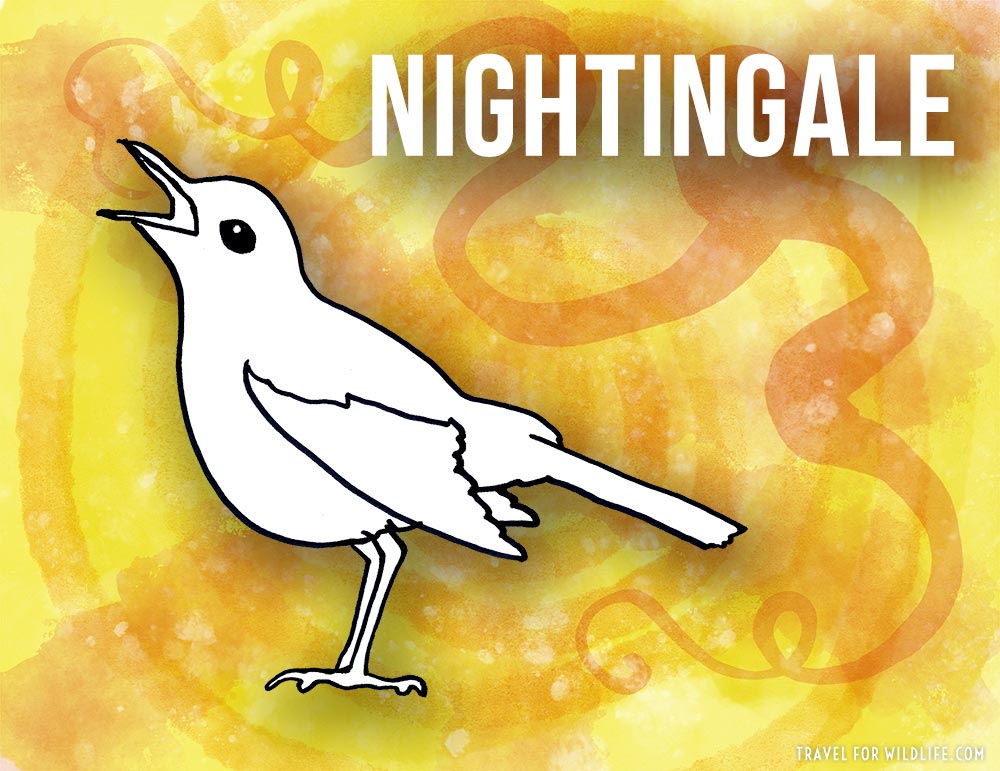

Self-induced optic flow broadly refers to the speed at which visual information is perceived to pass by an animal as a result of its own movement. One common mechanism through which many land animals-including humans 11, 18 and invertebrates such as the honeybee 7, 10, 19, desert ant 9 and wolf spider 8-measure distance travelled is using self-induced optic flow. Here, we explore for the first time how a pelagic fish measures distance travelled. This paucity of information has fundamental implications for our understanding of how universal the mechanisms of navigation are, and crucially what shapes the evolution of these mechanisms. While a concerted interest has been directed towards terrestrial species, virtually nothing is known of how freely-swimming aquatic animals such as the large and early-branching vertebrate group, the teleost fish, use self-motion information to navigate by path integration. In order to discern travel distances, different species of terrestrial animals rely on self-induced optic flow 7, 8, 9, 10, 11, stride integration 12, 13, 14, 15, energy use 16 and internal vestibular cues 17 in combination or in isolation. To obtain directional information, many terrestrial animals, both vertebrate and invertebrate, possess diverse compasses based on the Earth’s magnetic field 2, 3, overhead polarised light 4, 5, the direction of sunlight 5 or the moon and stars 6, and proprioceptive inputs from body rotations 1. To achieve this, individuals must be able to determine the direction and distance of their travel trajectories 1.


Path integration is a powerful mechanism that enables animals to find their way home efficiently. Odometry in fish may therefore be mediated by a movement detection mechanism akin to the system underlying the optomotor response, a separate motion-detection mechanism used by both vertebrates and invertebrates for course and gaze stabilisation. In contrast, the visual odometer used by Rhinecanthus acuelatus is strongly dependent on the visual density of the environment. Humans and terrestrial invertebrates measure the total angular motion of visual features for odometry, a mechanism which does not vary with visual density. However, the underlying mechanism differs fundamentally from previously studied terrestrial animals. Using the marine fish Rhinecanthus aculeatus, we show that teleost fish can use visual motion information to estimate distance travelled. Whether freely-swimming aquatic animals also measure distance relative to a visual frame of reference is unclear. A common method used by land animals is to measure optic flow, where the speed of self-induced visual motion is integrated over the course of a journey. While there is extensive research on how terrestrial animals measure travel distance, it is unknown how animals navigating in aquatic environments estimate this metric. Distance travelled is a crucial metric that underpins an animal’s ability to navigate in the short-range.


 0 kommentar(er)
0 kommentar(er)
